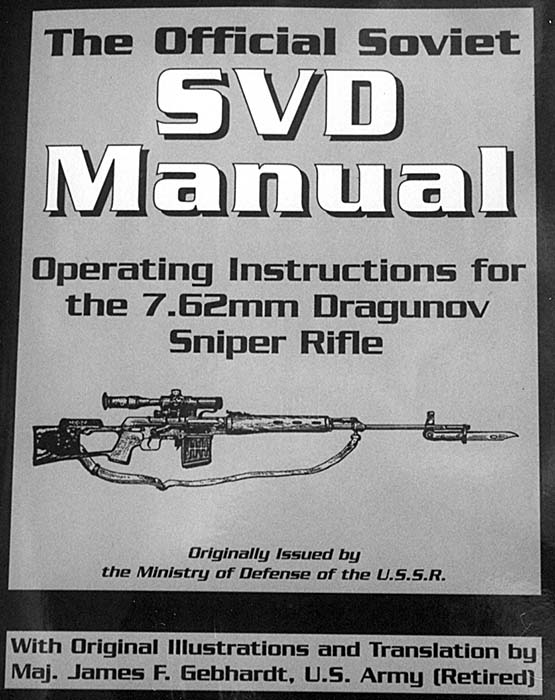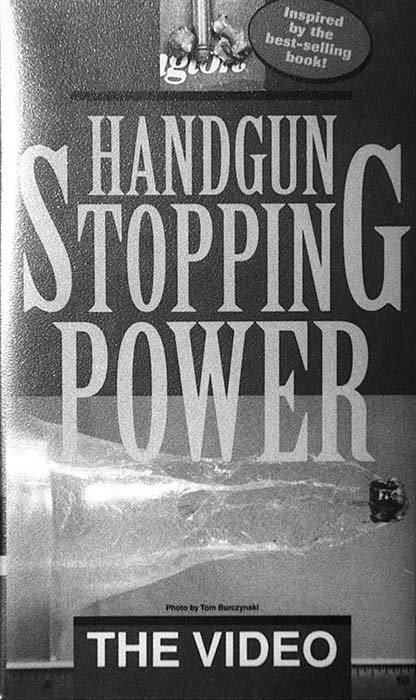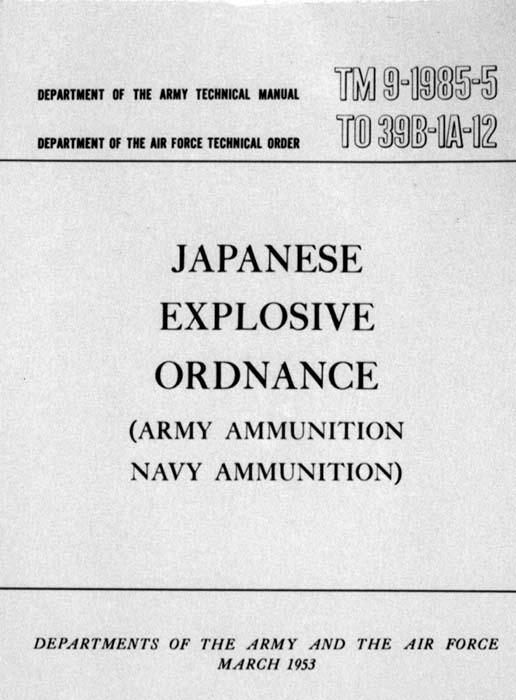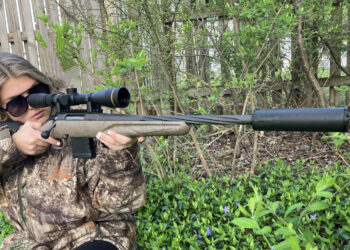By David Fortier
THE OFFICIAL SOVIET SVD MANUAL
Operating Instructions of the 7.62mm Dragunov Sniper Rifle
Translated By Maj. James F. Gebhardt,
U.S. Army (Retired)
Paladin Press
P.O. Box 1307
Boulder, CO 80306
1-800-392-2400
ISBN 1-58160-032-1
$15.00 plus S&H
112 pages
Review by David Fortier

Major James Gebhardt does it again in this valuable translation of the Soviet manual on the SVD sniping rifle. Designed by Evgeniy Fedorovich Dragunov and adopted by the Soviet Army as their standard sniping rifle in 1963, the SVD has been shrouded in mystery. The first rifle ever designed from the ground up specifically for the task of sniping, it is still standard issue in the Russian Army. Russia has a long tradition of employing snipers that dates all the way back to the Crimean War of 1854. Even the Germans played catch up to the Soviets throughout the Second World War when it came to sniping. Using this vast wealth of practical wartime experience, they designed the SVD Dragunov sniping rifle and PSO-1 scope.
While instantly recognizable, there has not been a lot of information on the Dragunov or its scope available, and some of what has been written is incorrect. With numbers of these rifles in the U.S. (and the Romanian FPK/PSL sniper rifle based upon the RPK but still utilizing the 7.62x54R cartridge), this manual will be of great interest and a great help. Not only does it teach stripping, maintenance, troubleshooting, and firing positions with the Dragunov, but also much more. All the little accessories for the rifle AND the scope are covered. Ammunition is covered, as well as using the PSO-1 scope, and there is a vast array of excellent ballistic charts for the 7.62x54R cartridge. From zeroing the weapon to leading parachutists, there is a lot of interesting and valuable information here.
This book also dispels some false information. It has been stated that the Russians never taught the use of the sling as a shooting support- incorrect. The same goes for the Russians never issuing special sniping ammunition. The manual not only talks about it, but also tells you how to identify it (I have fired some of this ammunition out of my SVD and it grouped into 2 3/4 inches at 300 yards). Anyone who has an SVD or Romanian FPK should have this manual- it will answer all your nagging questions.
HANDGUN STOPPING POWER
The Definitive Study
By Evan P. Marshall
Edwin J. Sanow
Published by Paladin Press
P.O. Box 1307
Boulder, Colorado
80306
1-800-392-2400
$45.00 plus S&H
Reviewed by David Fortier

What actually happens when someone is shot with a handgun? Do hollowpoints work? Is it true that ‘they all fall to .45 ball’? What’s the best handgun load for self defense? What IS stopping power, how does it work, and how much is enough?
Only 12 or 15 years short years ago the above questions did nothing more than stimulate endless debate. There were lots of opinions, but little for hard facts. Evan Marshall and Edwin Sanow changed all that in this landmark book. For the first time the results of thousands of actual shootings were recorded and compiled by caliber and load. Years in the making, the author’s goal was to provide accurate unbiased wound ballistics and ammo information that street cops and civilians alike could use. The information gathered was compiled from police reports, autopsies, and victim statements. Through this information we can see how well individual loads actually worked in real life shootings. Or, how poorly they did.
For anyone who carries a handgun, this is a must read book. In 224 pages the authors explain the medical mechanisms of collapse, previous theories of stopping power, and why they don’t work, actual street shootings, tissue simulants, new ammo developments, predicting stopping power using street results, and more. This book contains a lot of information, and once you start reading you won’t want to stop. The chapter on actual street shootings that goes over actual incidents by caliber and load is impossible to put down. I loaned this book out and had a hard time getting it back.
For too long we guessed at what the best caliber and load for defensive use was. The arguments seemed endless and heated. Untold quantities of duct seal, phone books, paint cans, and even chickens were perforated in an attempt to ‘prove’ one theory or another. Those days are over. Now you can find out how well the load in your pistol actually works, or doesn’t. Read this book.
Japanese Explosive Ordnance
(Army Ammunition, Navy Ammunition)
TM 9-1985-5, Department
Of The Army
Reprinted And Published by
Julian Books,
5282 Ridan Way
Palm Beach Gardens, Florida 33418
Price $25.00 plus 4.50 S&H
Review by Stephen Stuart

While walking around the tables at Knob creek this past April, I noticed the immense amount of inert ordnance on the dealer’s tables. Everything from American practice hand grenades to Russian anti-tank rocket launcher tubes. The only thing missing were books detailing to ordnance collectors what exactly they were purchasing. Being a Japanese collector of militaria, I always wished I could find a good copy of the rare two-part U.S. training manuals describing Japanese ordnance published by the U.S. Army. As luck would have it, I found a copy of the second volume at a gun store the week I got back from Knob creek.
Volume two is now being offered by Julian books in Palm Beach Florida. The person reprinting the manual is none other than Fred Honeycutt, Jr. Mr. Honeycutt is well known in the Japanese military arms field with two small arms works under his belt, Military Rifles of Japan and Military Pistols of Japan.
The manual begins by covering the basic firearm cartridges of Japan; the 6.5mm, the 7.7mm rifle rounds, and the 9mm, 8mm Nambu handgun rounds. The text then goes on to describe rockets, mortars, and projectile fuses used by the Japanese Army and Navy. The reprint is clear with easy to understand text and line drawings. The ammunition is also shown in cross section, detailing the internal components. The only thing I can say about this book is, that it is excellent. If you like ordnance or Japanese ammunition, buy the book. And maybe, just maybe, if there is enough response, Mr. Honeycutt might decide to reprint volume one on mines, grenades, and sabotage devices.
| This article first appeared in Small Arms Review V4N1 (October 2000) |









